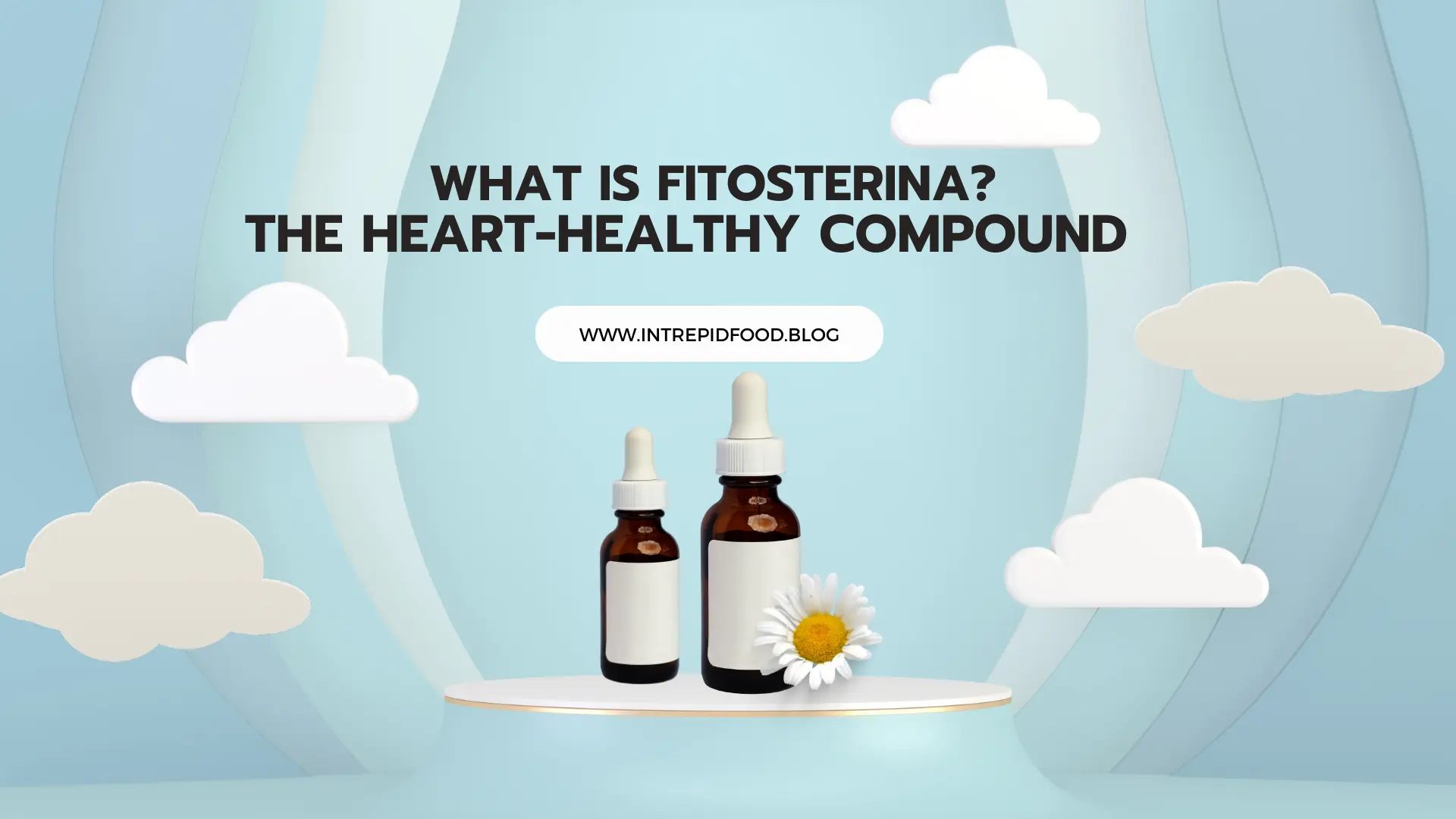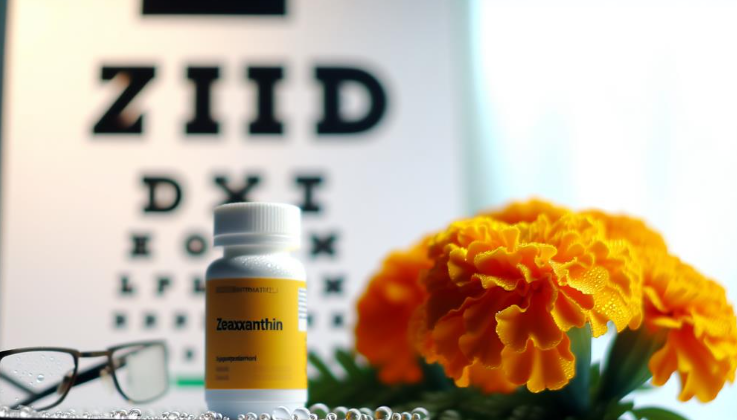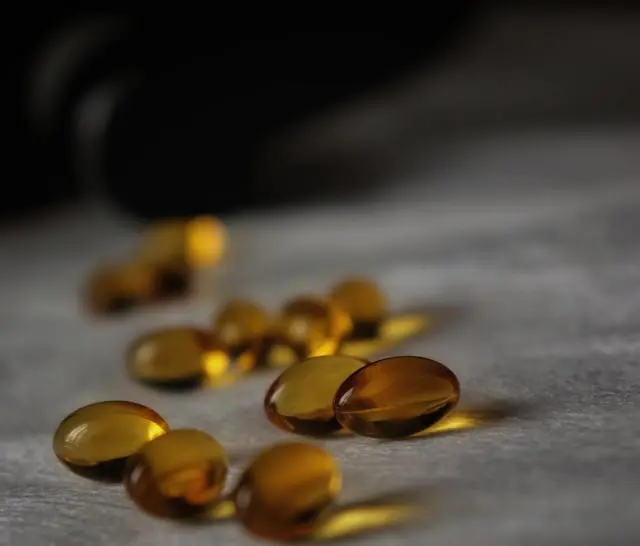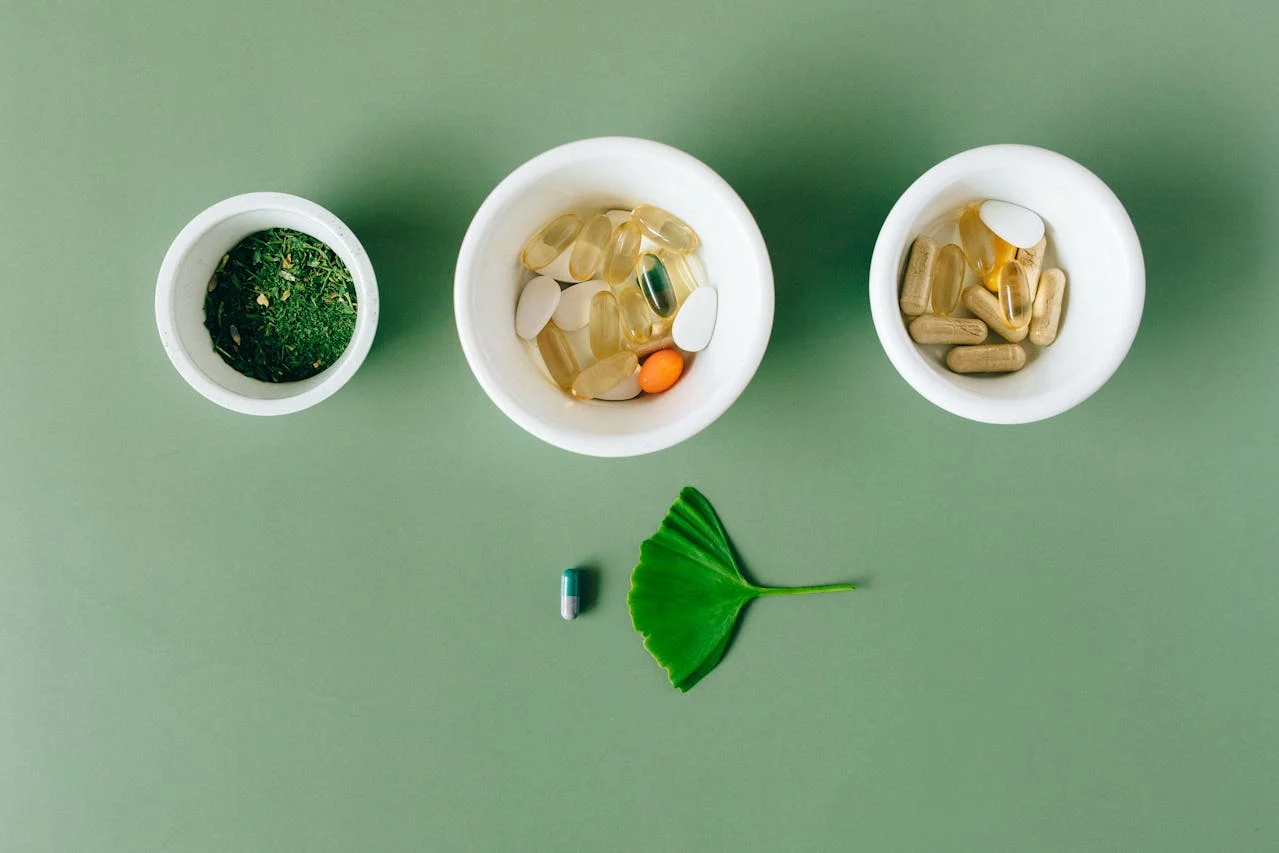Fitosterina, more commonly known as phytosterols, are essential components found in plants. These substances are similar to cholesterol in their structure but are beneficial in promoting heart health. Let’s dive into what makes fitosterina special and how it can benefit your health.
What Exactly Are Fitosterina?
Fitosterina are natural compounds located in the cell walls of plants. They help plants protect themselves against pathogens and serve a similar protective role in human diets by aiding in the reduction of cholesterol levels. This feature makes fitosterina a key player in nutritional health.
The Benefits of Fitosterina
One of the main advantages of fitosterina is their ability to reduce bad cholesterol (LDL) in the body. By blocking the absorption of cholesterol in the digestive system, they help maintain a healthy balance of blood lipids, reducing the risk of heart disease. This benefit is why many doctors recommend foods high in phytosterols to individuals struggling with cholesterol management.
How Fitosterina Work
When you consume fitosterina, they essentially compete with cholesterol for absorption in the digestive tract. Because of their similar structure, fitosterina block cholesterol and prevent it from entering the bloodstream. Instead, both cholesterol and excess fitosterina are excreted from the body.
Sources of Fitosterina
Fitosterina are abundant in a variety of foods. The richest sources are vegetable oils, nuts, seeds, and whole grains. Regular consumption of these foods can lead to a significant intake of fitosterina, contributing to cholesterol reduction.
Daily Intake Recommendations
It’s generally advised to consume about 2 grams of fitosterina per day to effectively lower cholesterol levels. This is easily achievable with a diet rich in plants and fortified foods.
Incorporating Fitosterina into Your Diet
Enhancing your diet with fitosterina doesn’t require drastic changes. Incorporating nuts like almonds and walnuts, using vegetable oils such as sunflower or canola oil, and eating plenty of fruits and vegetables can help you reach the recommended daily intake.
Simple Dietary Tips
- Switch to phytosterol-enriched margarines instead of regular butter.
- Include a handful of nuts as a daily snack.
- Opt for whole-grain products over refined ones.
Also Read: The Willow Creek Food Pantry: Providing Essential Assistance to Families in Need
Availability of Fitosterina
Fitosterina, also known as phytosterols, are widely available in a variety of common foods, making them accessible to most people through a balanced diet. Here’s a closer look at how you can obtain fitosterina:
1. Natural Food Sources:
Fitosterina are most abundant in plant-based foods. Key sources include:
- Vegetable oils such as sunflower, corn, and canola oil
- Nuts like almonds, walnuts, and peanuts
- Seeds such as sesame, sunflower, and pumpkin seeds
- Whole grains like wheat germ, oats, and brown rice
- Legumes including beans and peas
Consuming these foods regularly is an effective way to ensure adequate intake of fitosterina.
2. Fortified Foods:
Due to the cholesterol-lowering benefits of fitosterina, many food products are now fortified with them. These include:
- Margarines and spreads
- Dairy products like milk and yogurt alternatives
- Breads and cereals
These fortified products are particularly helpful for individuals looking to increase their fitosterina intake without significantly altering their diet.
3. Dietary Supplements:
For those who may not get enough fitosterina from their diet, supplements are available. Phytosterol supplements can be found in capsule, tablet, or powder form and are typically sold in health food stores and online. However, it’s important to consult with a healthcare provider before starting any supplement regimen, especially for individuals with health conditions or those taking other medications.
Accessibility and Affordability: Fitosterina are not only widely available but also generally affordable, particularly when obtained from natural food sources. Fortified foods and supplements might carry a higher price tag but offer convenience and concentrated doses of fitosterina.
In conclusion, fitosterina are readily available in a variety of forms, making it easy for individuals to incorporate them into their diet to support cholesterol management and overall heart health. If you are looking to buy check the listed products here.
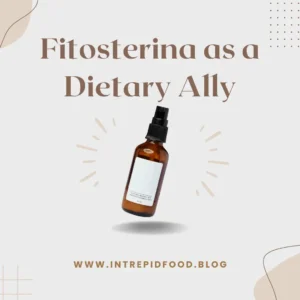
Potential Side Effects and Considerations
While fitosterina are considered safe for most people, it’s important to discuss with a healthcare provider before making significant dietary changes, especially if you have conditions like sitosterolemia, where phytosterol levels need to be monitored.
Who Should Be Cautious?
Individuals with specific health conditions or those on cholesterol-lowering medication should consult their doctor to ensure fitosterina are a safe addition to their diet.
Table of Minerals Present in Fitosterina
Fitosterina, or phytosterols, primarily consist of sterol compounds rather than minerals. They do not contain minerals but are known for their structure similar to cholesterol and their ability to interfere with cholesterol absorption. Here is a focus on the primary compounds that make up fitosterina:
|
Compound Type |
Description | Common Sources |
|
Beta-sitosterol |
Most common phytosterol, similar to cholesterol |
Vegetable oils, nuts, seeds |
|
Campesterol |
Second most abundant phytosterol |
Vegetable oils, cereals, nuts |
|
Stigmasterol |
Less common, similar effects to beta-sitosterol |
Vegetable oils, legumes, nuts |
| Brassicasterol | Found in cruciferous vegetables |
Broccoli, Brussels sprouts, cabbage |
This table highlights the main types of fitosterina, their characteristics, and where they are commonly found. They are beneficial for cholesterol management but do not provide minerals. For mineral intake, focus on a varied diet with fruits, vegetables, and whole grains.
Frequently Asked Questions
What foods are high in fitosterina?
Fitosterina can be found in various plant-based foods. Some of the richest sources include vegetable oils (such as sunflower and canola oil), nuts (like almonds and walnuts), seeds (such as sesame and sunflower seeds), and whole grains. Including these foods in your daily diet can help you achieve the recommended intake of fitosterina.
Can fitosterina be taken as a supplement?
Yes, fitosterina are available as dietary supplements, often found in forms like capsules or tablets. However, many health experts recommend obtaining fitosterina from natural food sources to benefit from other nutrients that these foods offer.
Are there any side effects of consuming fitosterina?
For most people, consuming fitosterina through diet is safe and beneficial. However, individuals with a rare genetic condition called sitosterolemia should avoid excessive intake of fitosterina. Always consult a healthcare provider if you’re considering significant dietary changes or have concerns about cholesterol levels.
Fitosterina as a Dietary Ally
Fitosterina offer a natural way to combat high cholesterol and promote cardiovascular health. By understanding their benefits and sources, you can easily integrate them into your daily diet and enjoy their health-boosting effects. Remember, a balanced diet rich in various plant-based foods is the best approach to gaining the most from fitosterina.
Also Read: The Ultimate Guide to Making Homemade Hummingbird Food





